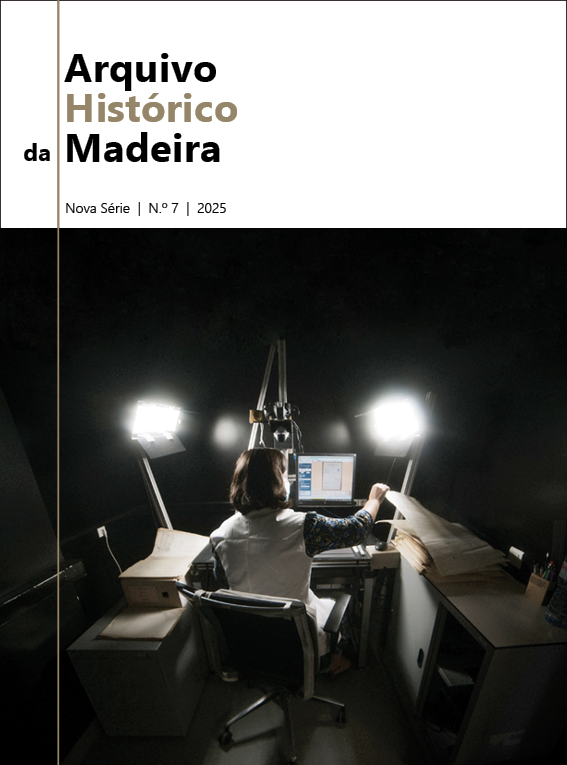The Contribution of Archaeological Studies to Understand the Phenomenon of Modernity and Globalization in Madeira
Abstract
The article endeavors to illuminate the complex processes of globalization and the consequent construction of the modern world spanning the 15th to 19th centuries, utilizing archaeological evidence as its primary analytical resource. Central to its narrative is an exploration between imported urban architectural paradigms, notably those emanating from cosmopolitan centers such as Lisbon, and the resultant urban evolution of atlantic cities. Additionally, the article undertakes an in-depth examination of quotidian existence during this period, particularly elucidating socio-economic dynamics through meticulous analysis of ceramic artifacts.
Expanding on the theme, the article aims to delve deeper into the expansion phenom enon initiated during the modern era, with Madeira Island serving as a crucial point of contact. Additionally, it seeks to reflect on the impact of sugar exploration and trade, drawing on ongoing research projects such as Margullar and CERIBAM – Arqueologia y
Arqueometría del Expansionismo Atlántico Ibérico en el Norte de África y las Islas de la Macaronesia (Siglos XV-XVI): Cerámica, Poblamiento y Comercio.
Keywords: Modern Archaeology; Urban Archaeology; Underwater Archaeology; Sugar; Globalization.
Downloads
Published
Issue
Section
License
Copyright (c) 2025 Arquivo Histórico da Madeira, Nova Série

This work is licensed under a Creative Commons Attribution-NonCommercial-NoDerivatives 4.0 International License.



